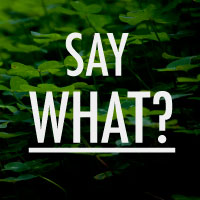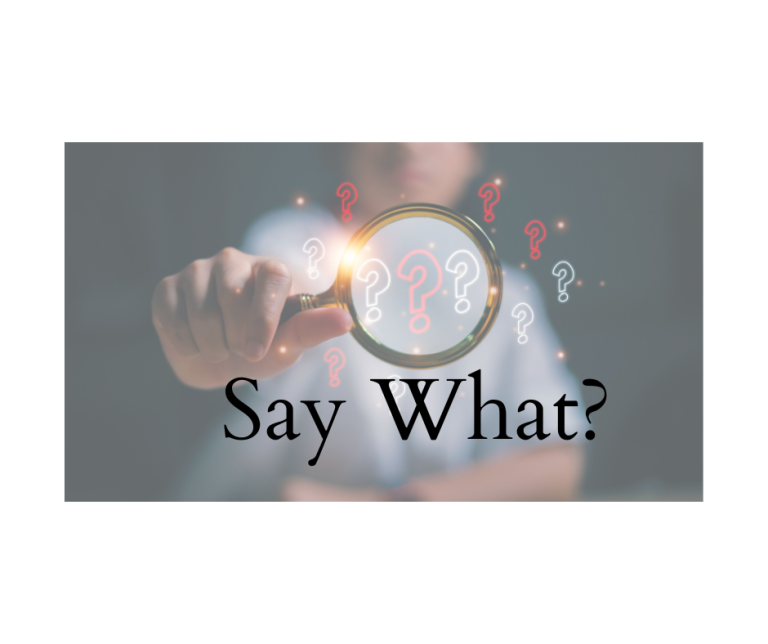Hyphenation–Not-So-Easy-to-Understand Rules
I think the most errors I see when editing manuscripts have to do with hyphenation. In an earlier post, I gave a link to the latest CMOS Hyphenation Chart, and you can download it again here. I refer to it a lot since there are so many diverse rules! Many of the rules deal with modifying a noun (putting an adjective or compound adjective before the noun), as shown in some examples below.
Here are some basic and common usages of hyphenated style:
- My sixteen-year-old is taking ballet classes from a seventy-year-old woman.
- He’s wearing a dark-green coat and a blue-gray sweater. [But you would say, “His coat is dark green.”]
- It’s a black-and-white photo. [But you would say, “The truth is black and white.”]
- I’m taking a fiction-writing workshop.
- This is cutting-edge technology. [But you would say, “This tech is cutting edge.”]
- I’m working a twelve-hour-a-day schedule. [But you would say, “I’m working a twelve-hour day.”]
- This book is a nineteenth-century romance with twenty-first-century dialog.
A lot of words we tend to hyphenate should be one closed-up word, so check both the handy hyphenation chart and Merriam-Webster’s Collegiate Dictionary, 11th Edition (which is the secondary authority below CMOS).








Thank you for this! I learned a more simplified rule set and have come across many instances of hyphenation that I could not understand. This chart really helps. English is a maddeningly complex language at times, isn’t it?
EXCELLENT post on hyphens. Very clear. Thanks!
This shows how English is alive and constantly changing. It is important for us as authors to be aware of how malleable our language is. Another part of this to consider is when it’s best to use new forms and when to keep with the more traditional forms. And, I suppose, that is at the heart of our writing journey.
Interesting and useful blog. Thanks.
I refer to this chart a lot in my work as a copyeditor. I’m glad CMOS put out a handy chart like this.